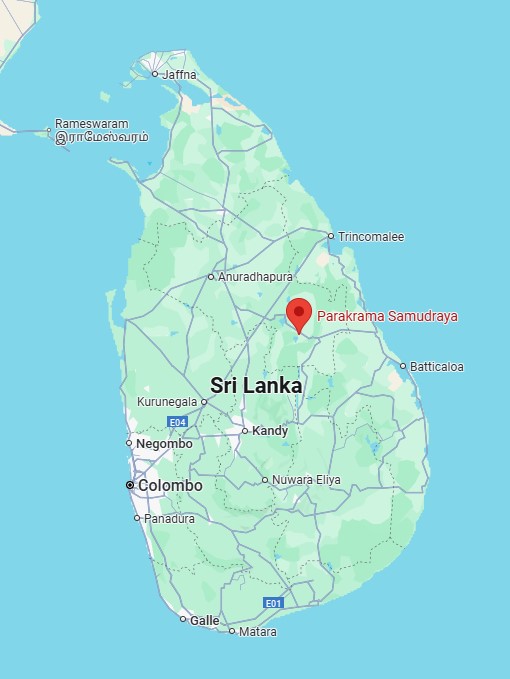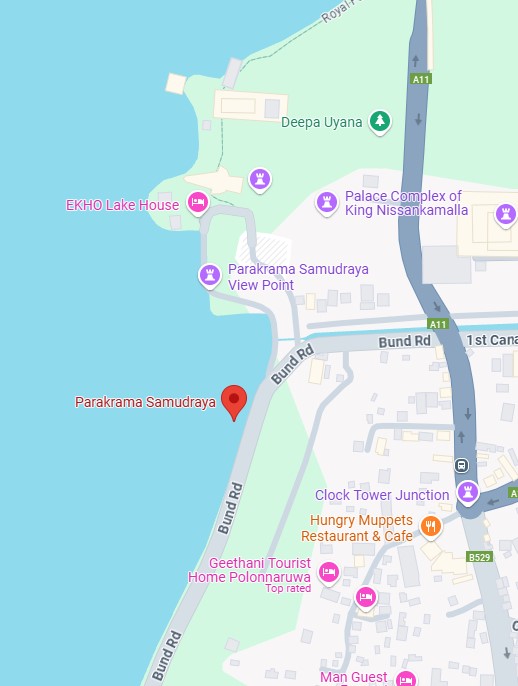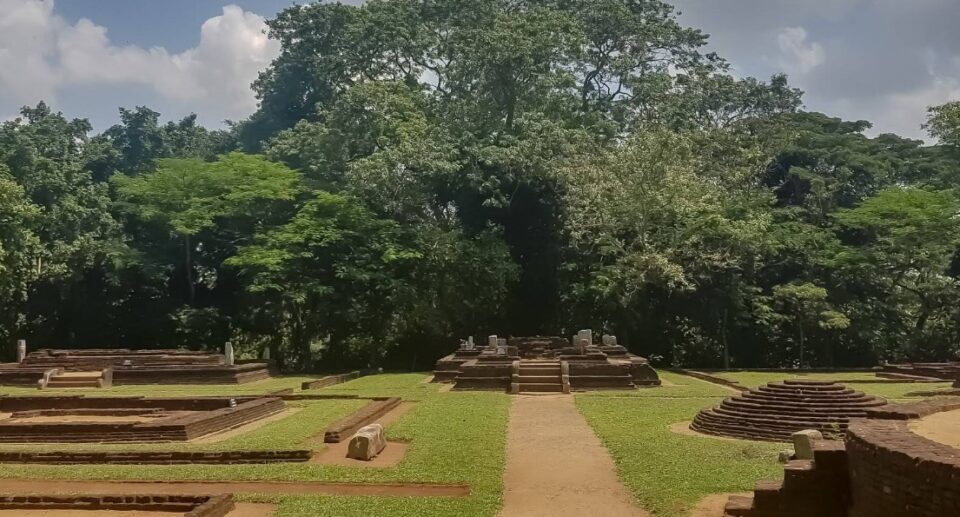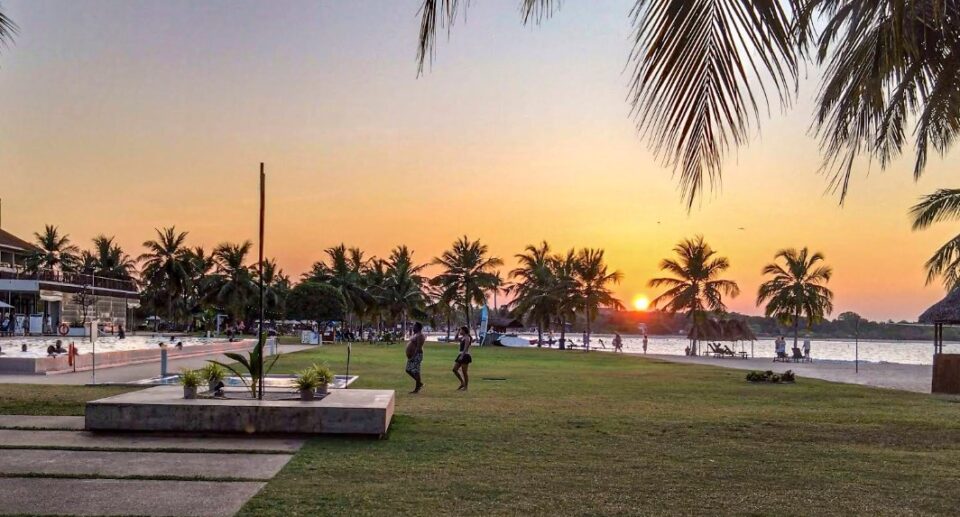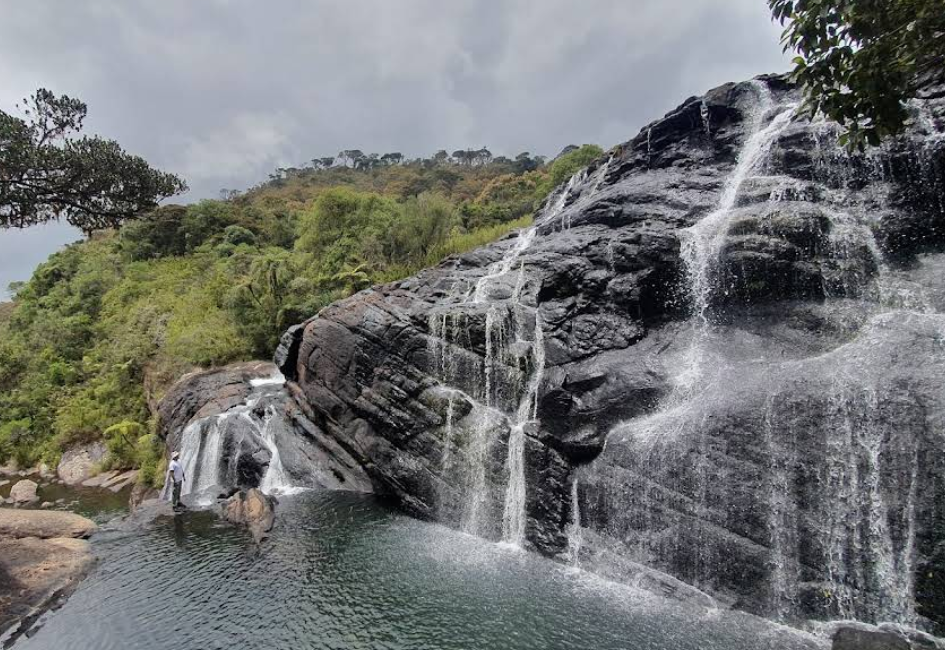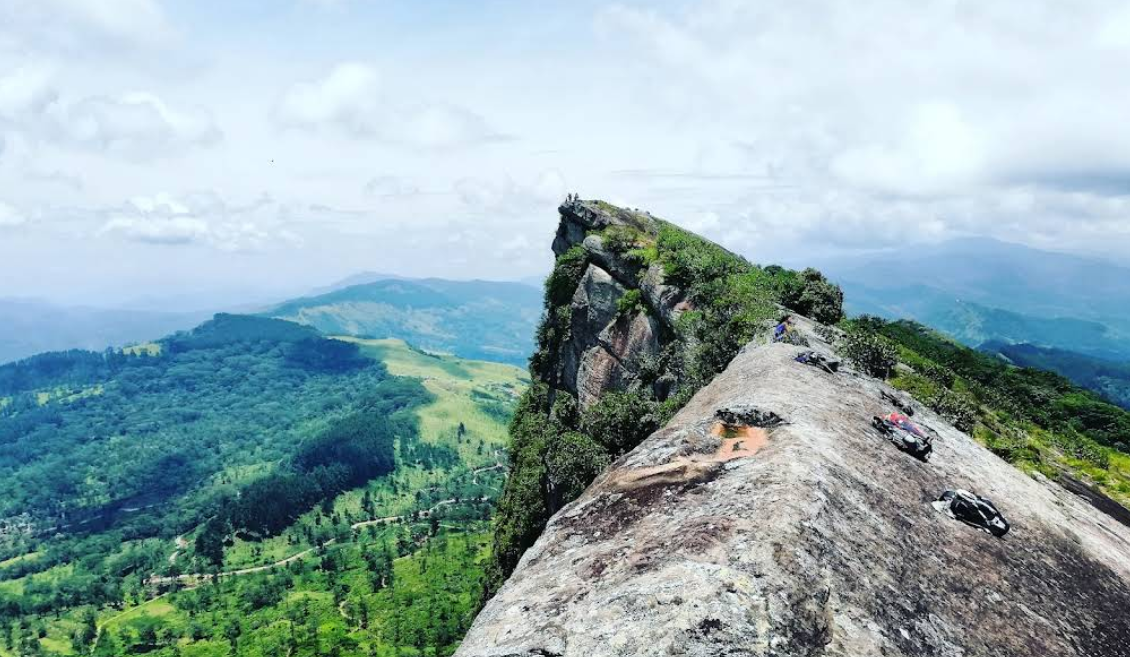Parakrama Samudraya: The Sea of King Parakramabahu
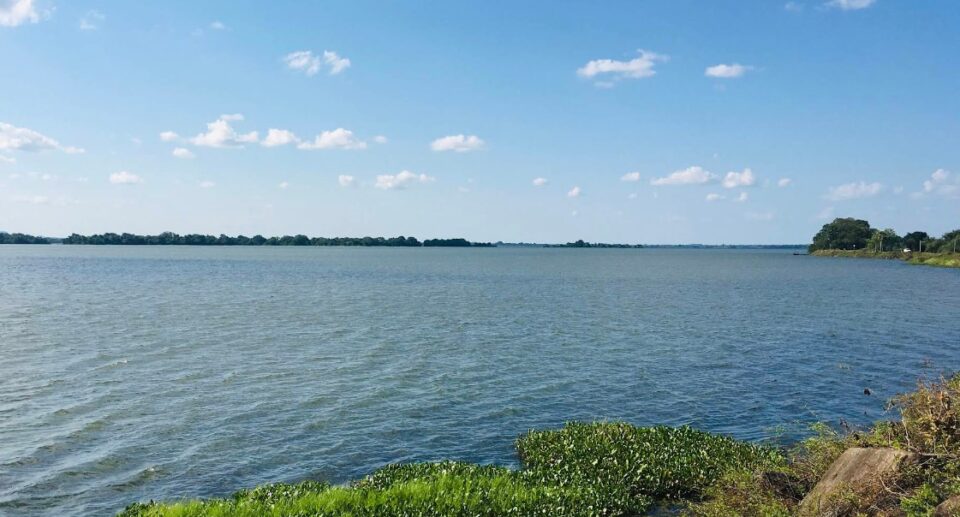
Lies one of South Asia’s most awe-inspiring hydraulic engineering achievements deep in the heart of Sri Lanka’s ancient city of Polonnaruwa, surrounded by jungle, ruins, and temples—the Parakrama Samudraya. Literally “Sea of Parakrama,” this colossal man-made lake was built in the 12th century by King Parakramabahu I, a visionary king who did not want a drop of rainwater to fall into the ocean without first being utilized for some useful purpose.
A body of water is not all Parakrama Samudraya is. It is the culmination of the ancient Sri Lankan water management system, a sign of vision from a great king, and the ingenuity of a people who placed a strong emphasis on sustainability, agriculture, and creativity.
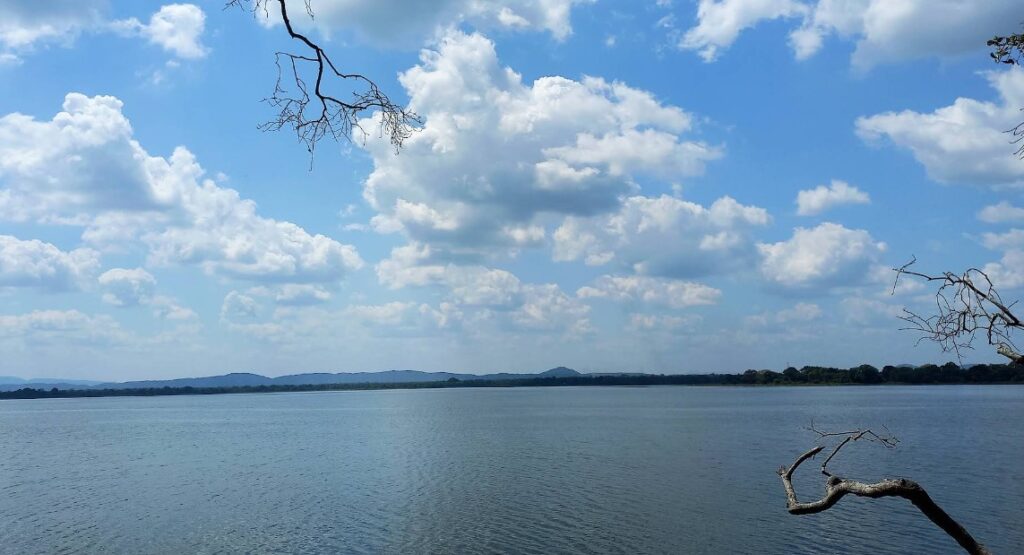
Historical Background
The Parakrama Samudraya was constructed during King Parakramabahu the Great (1153–1186 CE), who ruled from Polonnaruwa during one of the most prosperous periods in Sri Lankan history. This was an age of architectural development, religious resurgence, and above all, irrigation improvements.
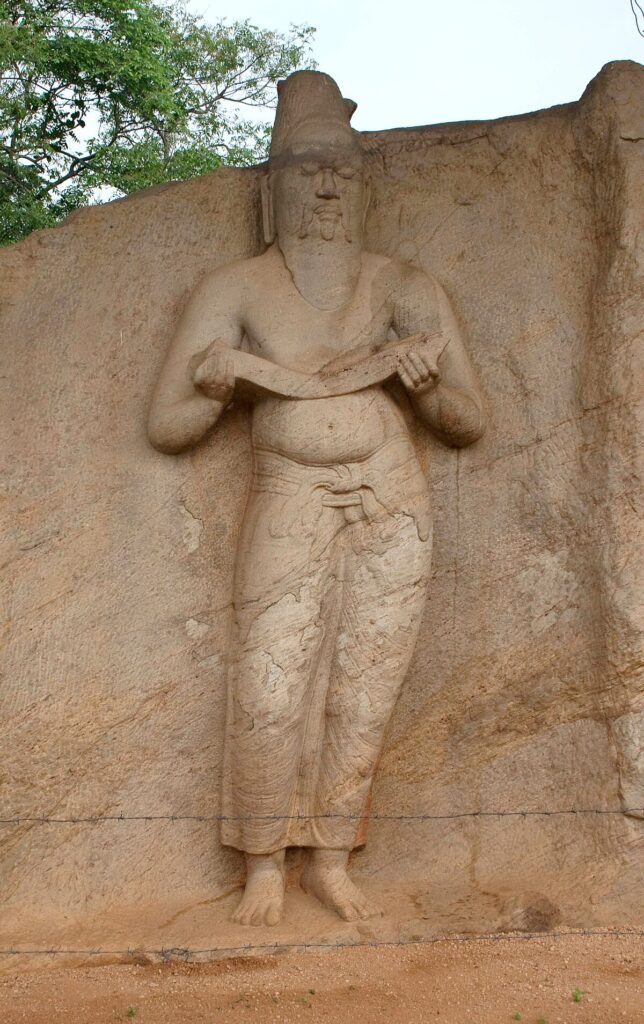
Polonnaruwa, which succeeded Anuradhapura as the capital, had a severe dry-zone climate with periodic rains. Success—and thus stability—of the kingdom depended on its ability to manage water resources.
Parakramabahu’s engineers did this by constructing and repairing numerous tanks and canals, with Parakrama Samudraya at the heart of the kingdom’s hydraulic network. It combined several small tanks in a single massive reservoir, delivering a continuous year-round water supply to agriculture, consumption, and religious purposes.
The Vision: “Not One Drop Wasted”
King Parakramabahu is rightly quoted as saying:
“Let not even a drop of rainwater go to the sea without benefiting man.”
This phrase sums up the entire Parakrama Samudraya ethos. It wasn’t merely to retain water—it was to maximize efficiency, energize agriculture, and guarantee food for generations to come.
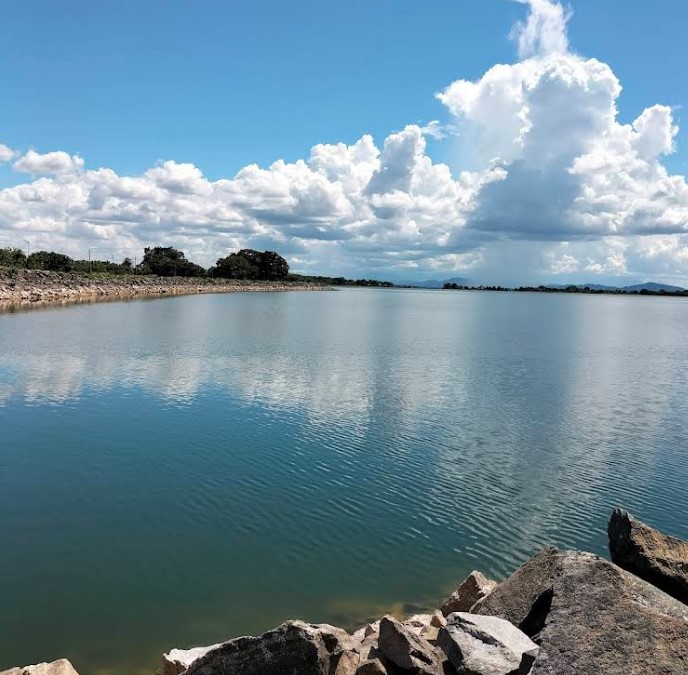
Engineering and Design
Parakrama Samudraya is not a natural lake. It is a colossal man-made reservoir, carefully planned and constructed with exceptional precision.
Structure and Size
The reservoir lies in an area of about 2,500 hectares (25 square kilometers).
It is purported to hold over 130 million cubic meters of water.The bund (embankment) is approximately 14 km long and 8 meters high on average.It consists of five linked tanks: Thopa Wewa, Dumbutulu Wewa, Erabadu Wewa, Bhu Wewa, and Kalahagala Wewa. The largest amongst them, Thopa Wewa, is even older from the 4th century and was refurbished and enlarged by Parakramabahu.
Irrigation System
The reservoir was part of an advanced hydraulic system with canals, sluices (water gates), and distribution channels.Water from the reservoir irrigated rice paddy thousands of acres.Sluices were built to control flow during rainy and dry times, to prevent drought and flooding equally.
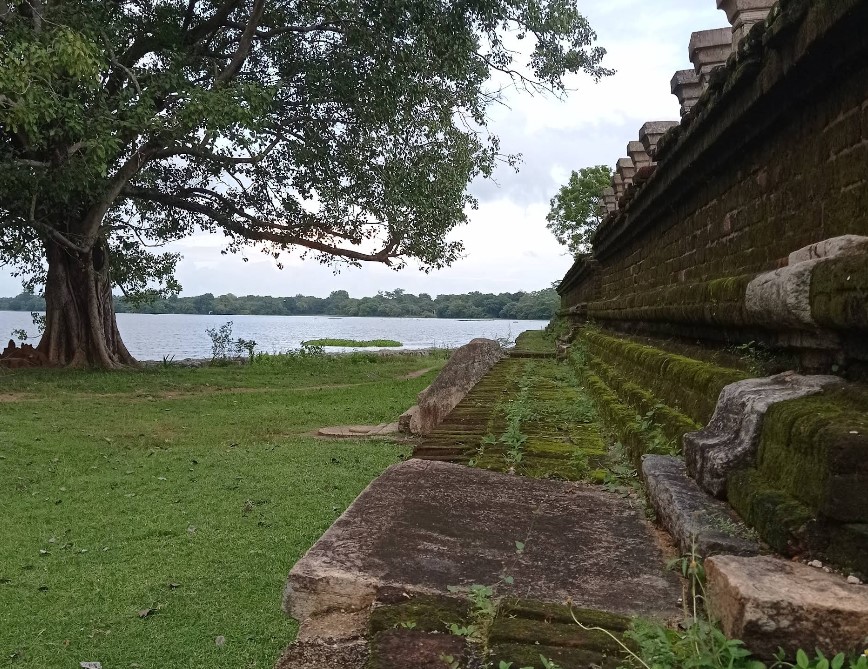
Impact on Agriculture
Permitted double and triple cropping in the region.Supported major population and promoted economic growth.Facilitated preservation of soil fertility by precisely controlling flow of water.
Cultural and Religious Significance
In prehistoric Sri Lanka, water management was not just a technical feat—it was freighted with deep religious and ethical meanings.
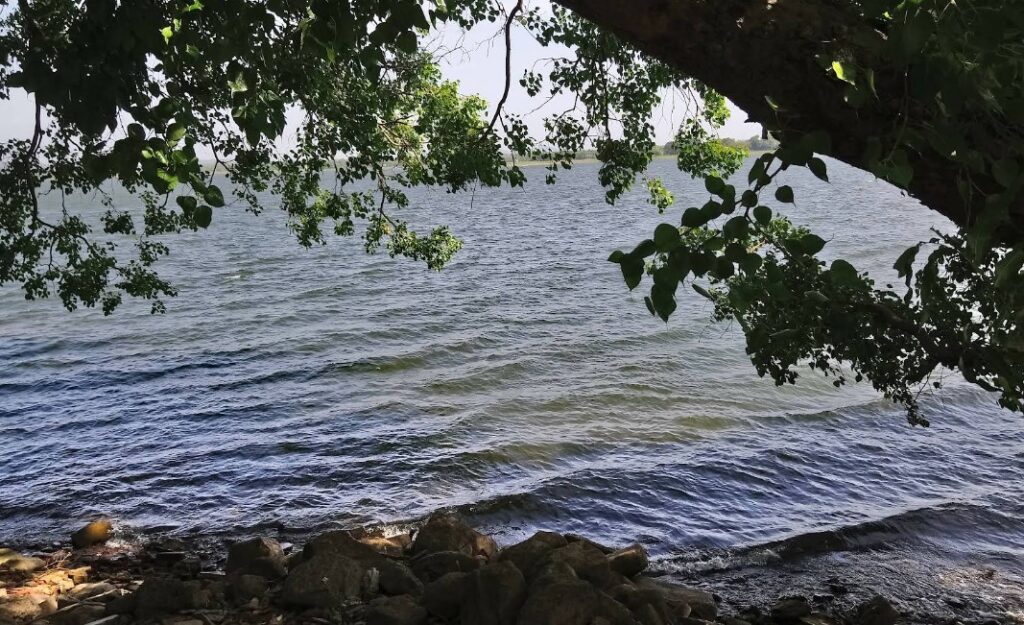
Water represented purity, sustenance, and life, and kings were considered to be custodians of these divine resources. Interpreting a tank such as Parakrama Samudraya was a work of merit (punya).Monasteries and temples surrounding the tank relied on it for routine ceremonies, ablutions, and offerings.The reservoir is also located near some of the most famous religious sites in Polonnaruwa, including the Gal Vihara and Lankatilaka Temple, which served to solidify the bond between water and faith.
Legacy of Sustainability
Parakrama Samudraya demonstrates how the ancient Sri Lankans were masters of sustainable methods centuries before the environmental consciousness of today.It maintained independent agriculture independent of outside influences.
The design accounted for rainy season rainfall trends, retaining the water when available and allocating it wisely.
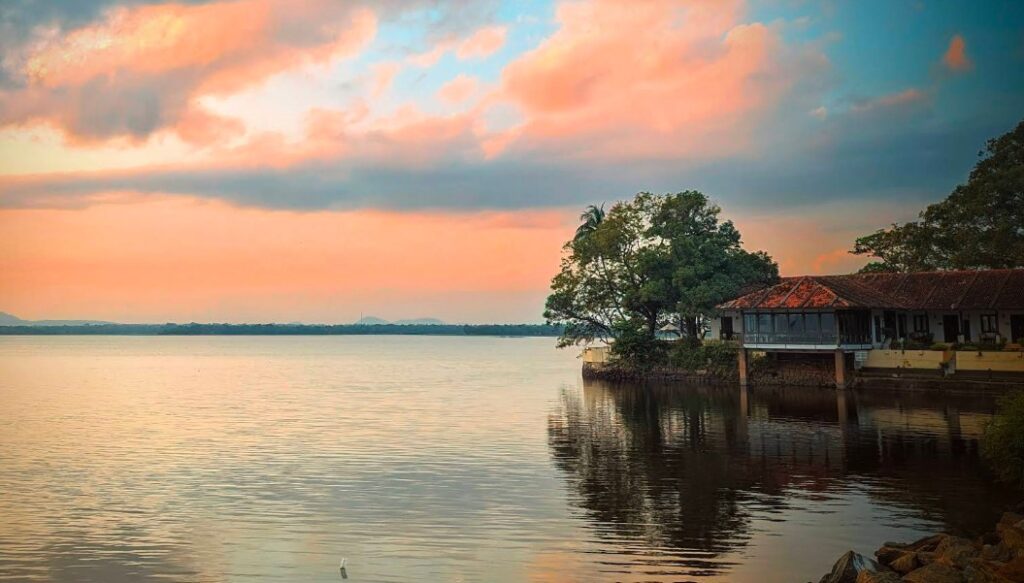
Despite over 800 years, the reservoir still functions, an indicator of the durability and genius of the people who built it.
Significance Today
Parakrama Samudraya remains to serve the Polonnaruwa community in the modern day.It provides water for irrigation, particularly for paddy cultivation.Used for inland aquaculture and fishing, giving livelihood opportunities to native communities.Gives water for drinking to surrounding towns and villages.Reservoir water is used in Buddhist rituals and ceremonies during festivals like Poson and Vesak.

Tourism & Recreation
The tank adds to the scenic beauty of Polonnaruwa and is a favorite among tourists and photographers.
Boat excursions, bird watching, and quiet evening walks on the bund are favorites among locals and tourists.
Sunsets on Parakrama Samudraya are particularly famous, with idyllic views of the water mirror-like reflecting the ancient ruins in the distance.

Challenges and Conservation
Even though long-lived, the reservoir has a number of challenges in the current era:
Siltation: Sediment has lost the water storage capacity over the years.
Encroachment: Human settlement and illicit cultivation near the bund can destroy the structure.
Climate change: Unpredictable rainfall patterns determine water levels and usage.
The Sri Lankan Department of Irrigation and UNESCO member states make efforts to keep the tank and supportive infrastructure in good condition by desilting, maintenance, and community education programmes.
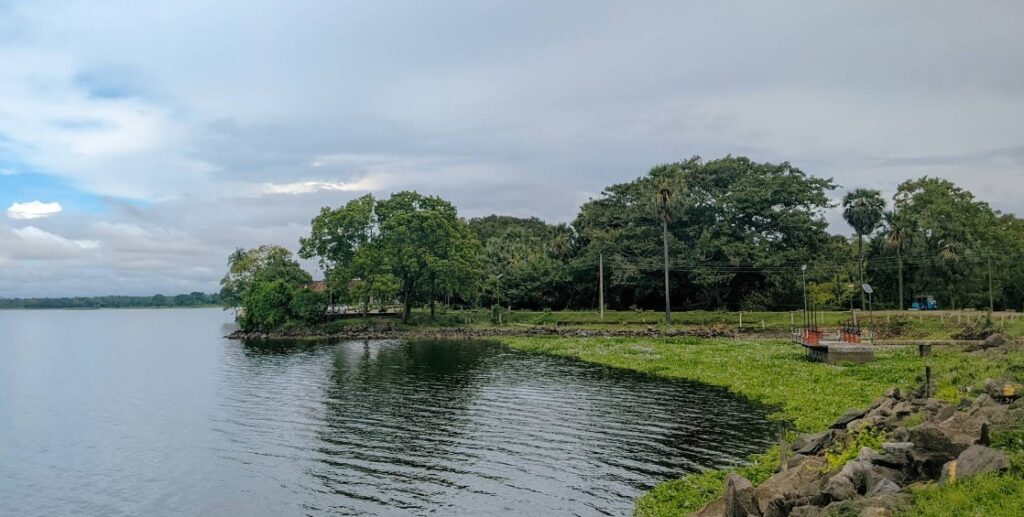
Where is Parakrama Samudraya?
- Location: In the ancient city of Polonnaruwa, North Central Province, Sri Lanka
- It lies right next to the Polonnaruwa Archaeological Site, near the Gal Vihara and Royal Palace ruins
How to Get to Parakrama Samudraya
From Colombo:
- By Private Vehicle / Taxi (Best Option)
- Route: Colombo → Kurunegala → Dambulla → Habarana → Polonnaruwa
- Distance: ~220 km
- Time: 5.5 to 6.5 hours
- Use Google Maps: Search “Parakrama Samudraya” for direct navigation
- By Public Bus
- Take an intercity bus from Colombo Fort Bus Station to Polonnaruwa town
- Type: A/C and non-A/C available
- Duration: ~7 hours
- From Polonnaruwa town, take a tuk-tuk or walk to the reservoir (2–4 km)
- Take an intercity bus from Colombo Fort Bus Station to Polonnaruwa town
- By Train
- Train route: Colombo Fort → Polonnaruwa (via Batticaloa Line)
- Duration: ~6–7 hours
- From the station, take a tuk-tuk (~Rs. 300–600) to the reservoir
From Polonnaruwa Town:
- Distance: ~3 km
- Options:
- Tuk-tuk (Rs. 200–400)
- Bicycle rental (Rs. 300–500/day) — popular with tourists
- Walking: 30–40 minutes through scenic paths near the archaeological park
Best Time to Visit
- Early morning or late afternoon (for cooler weather and stunning views)
- Sunset is especially beautiful from the bund (dam wall) of Parakrama Samudraya
